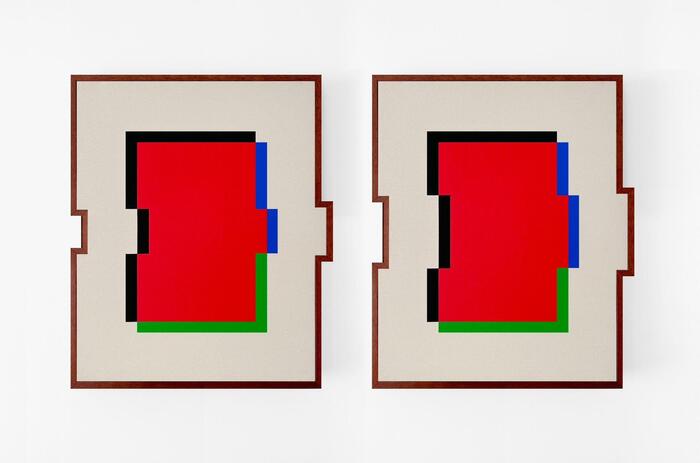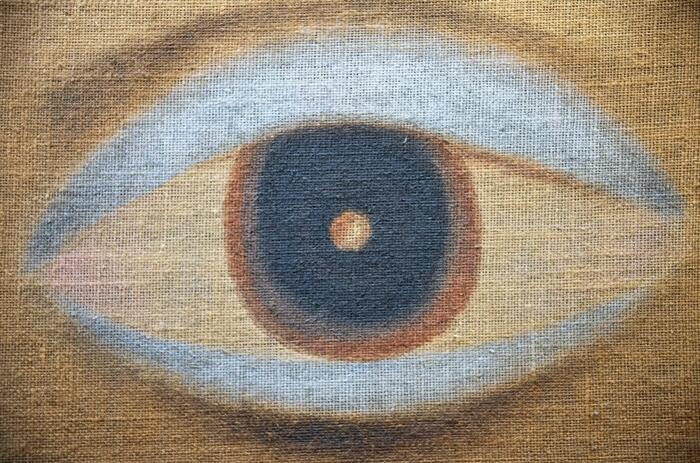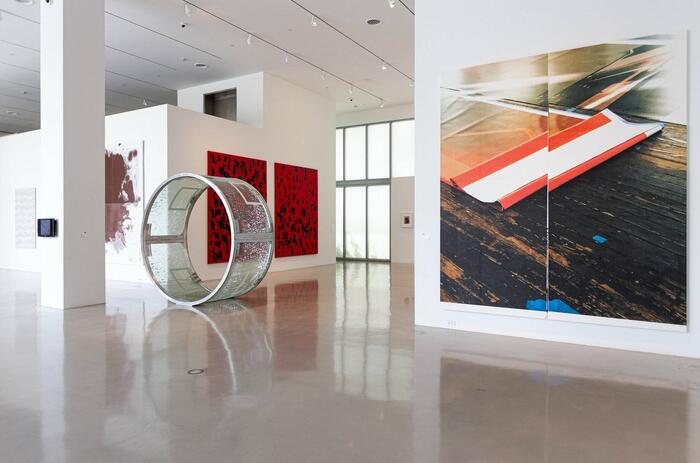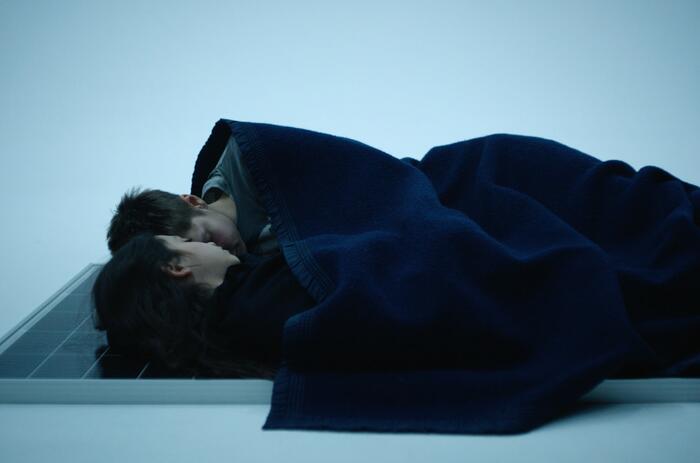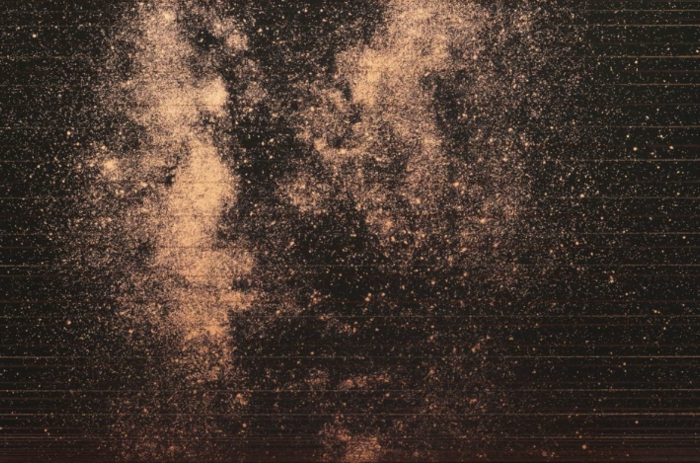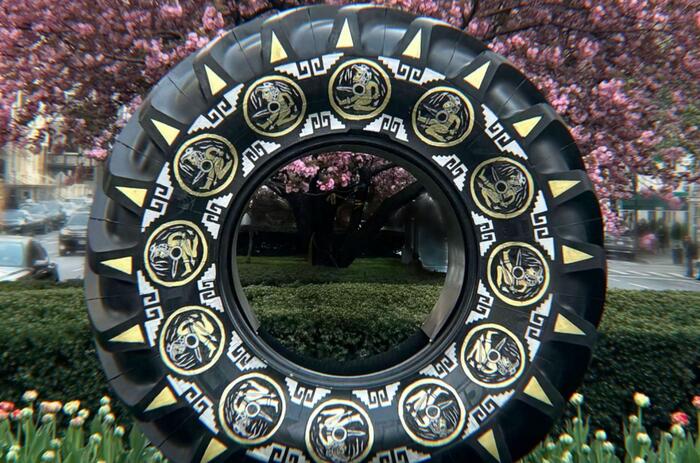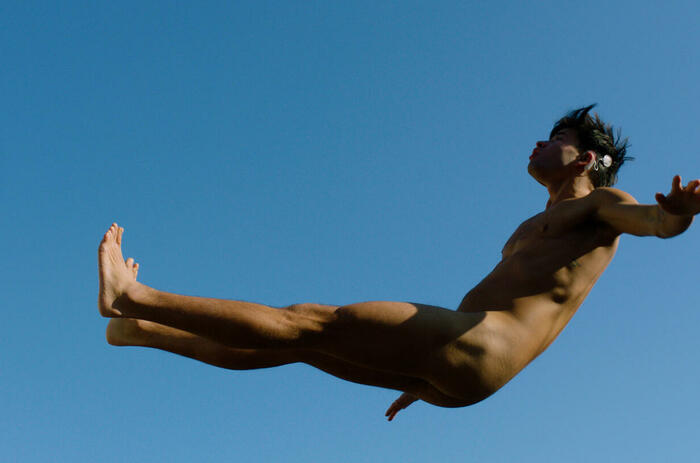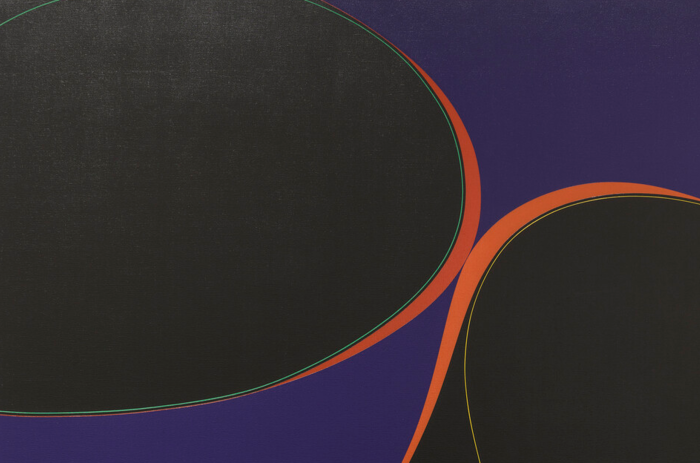EIGHT DECADES OF CUBAN FIGURATION AND NEO-FIGURATION
Eight Decades of Cuban Figuration and Neo Figuration, the exhibition at Latin Art Core curated by Dennys Matos, reviews more than eight decades of Cuban figurative and neo-figurative works through a selection of emblematic paintings and sculptures by 18 artists from different generations.
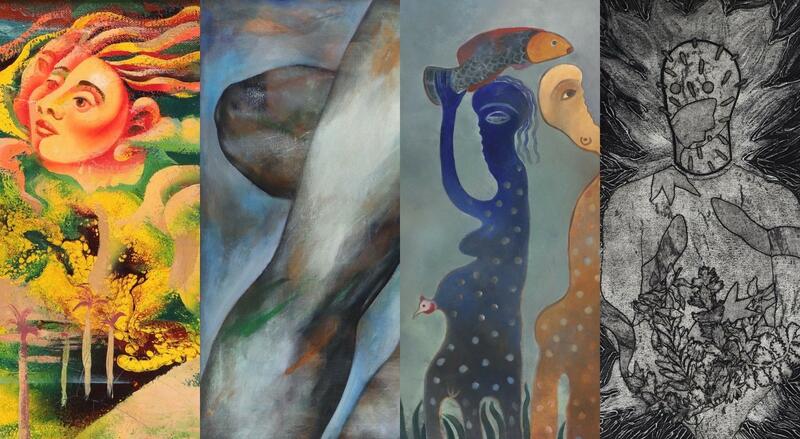
The selection covers from the late 1940s to the present day. Among them are the early avant-garde artists such as Wifredo Lam, Amelia Peláez, Mario Carreño and Rita Longa, whose figurative poetics represented the discourse of the Cuban national state and its cultural identity, marked by post-colonial complexity. The rural or urban landscape, flora and fauna are representations that combine cultured and popular elements as part of the modern project of socio-cultural development.
The triumph of the revolution in 1959 meant a radical rupture with certain values of previous cultural traditions and made these discourses more complex. Neo-figuration, as the dominant pictorial poetics, made its way into the proposals of the new generations that were going to redefine the perception of the national being and cultural identity, mediated by the ideology of the revolutionary cultural policy. In this stage of the 1960s, the works of, for example, Antonia Eiriz, Zilia Sanchez and Servando Cabrera emerge. Later, at the end of the 1970s, artists such as Mendive and Fabelo, among others, stand out, echoing an imaginary whose visual codes combine both Western and African heritage in the Cuban cultural identity. But thematically, unlike the first avant-gardes, they maintain a critical distance from these sources and heritages.
In the 1980s there is a renaissance of the visual arts, where previous generations coincide in creative intensity with younger ones, creating a rich constellation of neo-figurative painting such as, for example, Humberto Castro, or Zaida del Rio. The body, as a source of overflowing expression of desire, begins to play a leading role in pictorial symbology, responding to the homogenization of mass culture and social political repression.
The fall of the Berlin Wall in 1989 implied the failure of the revolutionary utopia and the art of these years became more parodic and, above all, more cynical. The neo-figurative poetics incorporates narrative elements from cinema and television, expanding the field of painting as in the works of César Santos, but this expansion also occurs in the field of sculpture with the work of The Merger. Alpízar and the works of Belkis Ayón parody the statements of the cultural policy of the revolution. A cultural policy that had skewed history in favor of achieving total control of the individual and society under the thick cloak of dictatorship.
Artists: Wifredo Lam, Amelia Peláez, Mariano Rodríguez, Mario Carreño, René Portocarrero, Servando Cabrera, Antonia Eiríz, Zilia Sánchez, Zaida del Rio, Rita Longa, César Santos, Rubén Alpízar, Humberto Castro, Raiman Rodríguez, Belkin Ayón, The Merger, Roberto Fabelo and Manuel Mendive.
Eight decades of Cuban figuration and neo-figuration. Group exhibition.
Until May 25, 2024.
Latin Art Core. Fine Art Gallery. 1646 SW 8th Street. Miami, Florida. United States.

